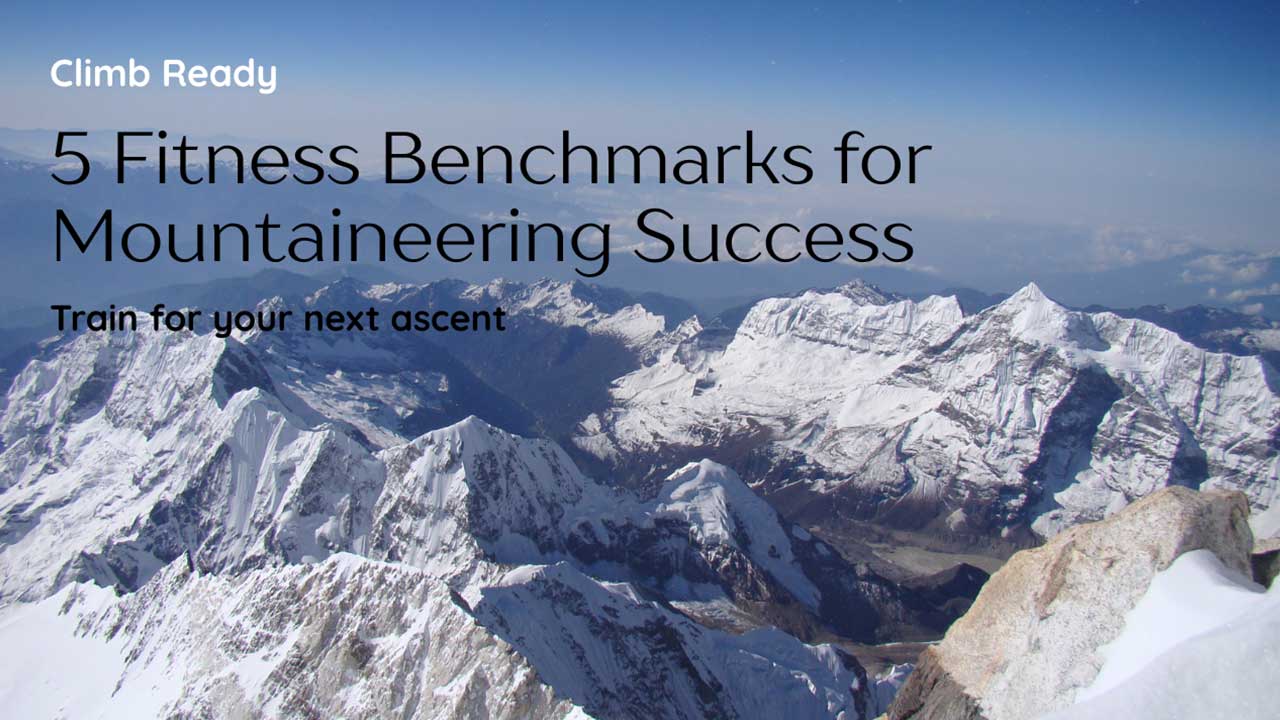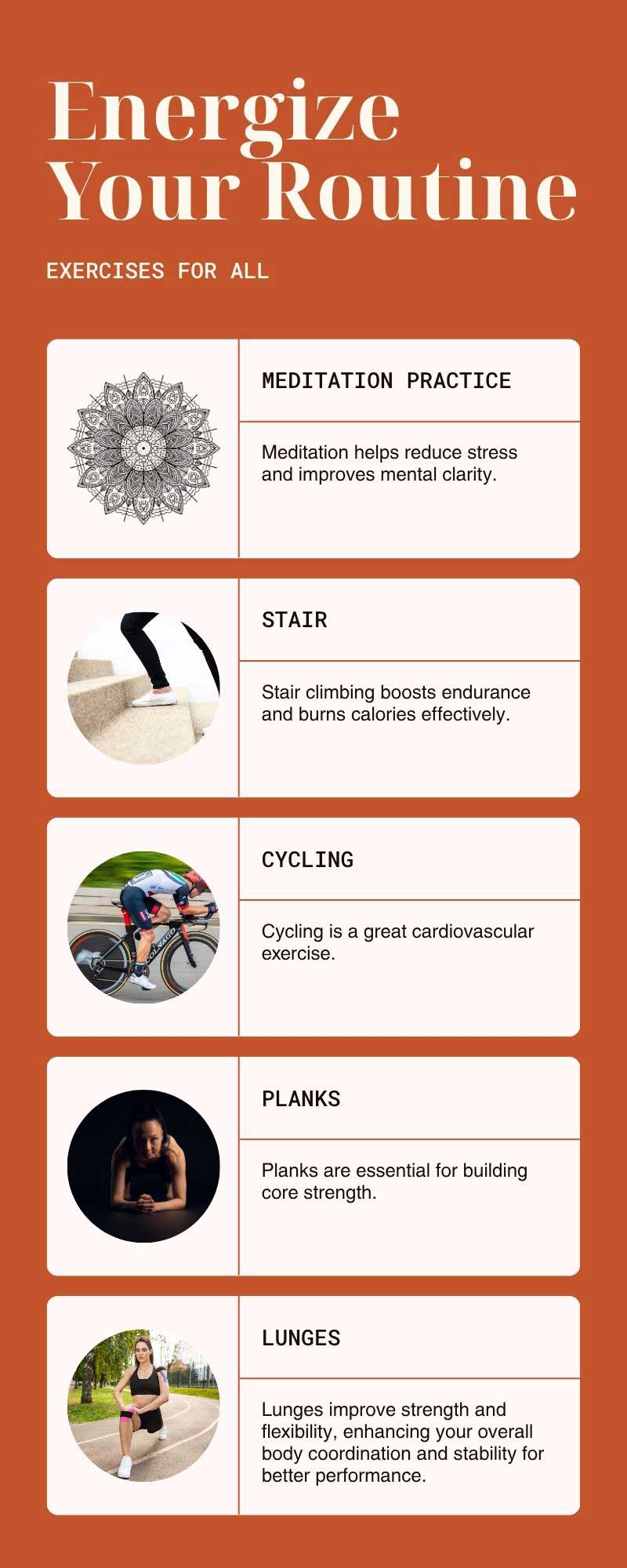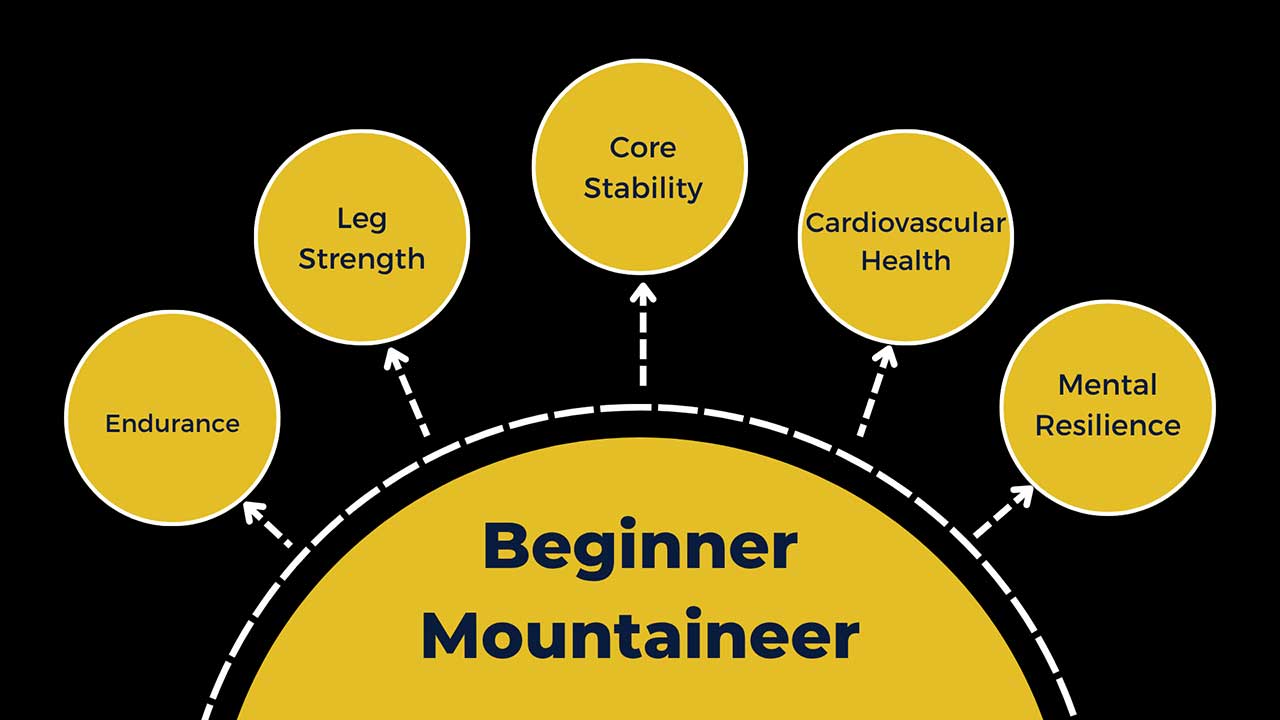5 Fitness Benchmarks to Know You’re Ready for Mountaineering
Athlete Health
Introduction
Mountaineering is not just a physical pursuit—it’s a full-body, full-mind adventure that tests your strength, endurance, and resilience at every step. But before you invest in expensive gear or sign up for your first Himalayan expedition, one question matters most: “Am I physically ready?”
Unlike regular hikes or treks, mountaineering involves carrying heavy loads, navigating harsh terrain, and pushing your body in low-oxygen, high-stress environments. You don’t need to be a professional athlete, but you do need a minimum level of fitness to stay safe, keep up with your team, and enjoy the journey.
Here are 5 critical fitness benchmarks to check off before attempting your first mountaineering adventure.
1. Endurance: Sustain 6–8 Hours of Continuous Movement
Why It Matters:
Mountaineering involves long days on the trail, often starting before sunrise and continuing until late afternoon. If you can’t keep going for multiple hours at a stretch, you’ll struggle to keep up and risk altitude-related fatigue.
Benchmark Goal:
- Complete a 15–20 km hike with a 10 kg backpack on undulating terrain, without exhaustion.
- Maintain a moderate pace (3–4 km/hr) for at least 6 hours.
How to Train:
- Regular long-distance hikes or walks on weekends.
- Include stair climbing, trail runs, or incline treadmill workouts.
- Gradually increase the load on your backpack over time.
Pro Tip:
If you can complete a 20 km hike with elevation gain (~600–1,000 meters) without joint pain or shortness of breath, you’re in a good place.
2. Leg Strength: Handle Steep Ascents & Descents
Why It Matters:
Your legs bear the brunt of mountaineering. You’ll climb steep slopes, descend rocky terrain, and often do it while wearing crampons or snowshoes.
Benchmark Goal:
- Perform 30+ continuous bodyweight squats without losing form.
- Lunge across a room (10–12 reps/leg) with a backpack on.
- Climb 50+ flights of stairs in one go (with 10 kg load if possible).
How to Train:
- Weighted squats, lunges, and step-ups (with or without backpack).
- Add resistance training 2–3x/week to build muscle endurance.
- Include single-leg exercises to build balance and stability.
Pro Tip:
Train on uneven trails or natural stone stairs to mimic Himalayan terrain.

3. Core Stability: Maintain Balance Under Load
Why It Matters:
A strong core is essential for carrying your backpack, preventing injuries, and maintaining balance on narrow ridges or during technical sections.
Benchmark Goal:
- Hold a plank for 60 seconds or more.
- Perform 30–40 crunches or mountain climbers without collapsing your posture.
- Hike with a 10–15 kg backpack without back pain or excessive leaning.
How to Train:
- Planks, side planks, bird dogs, and dead bugs.
- Loaded carries and exercises that engage abs, obliques, and lower back.
- Add dynamic core movements like Russian twists or hanging leg raises.
Pro Tip:
Avoid gym machines. Focus on functional movements that activate multiple muscle groups at once.
4. Cardiovascular Health: Perform in Low-Oxygen Conditions
Why It Matters:
Oxygen levels drop as altitude increases. Your heart and lungs need to work efficiently to keep your muscles oxygenated under stress.
Benchmark Goal:
- Run 5 km in under 35 minutes (if healthy and injury-free).
- Maintain 60–70% max heart rate for 30–60 minutes continuously.
- Climb 100 floors in under an hour (with minimal rest).
How to Train:
- Mix steady-state cardio (cycling, brisk walking, jogging) with interval training.
- Incorporate high-altitude simulations using elevation masks or hypoxic breathing drills (only under guidance).
- Improve breathing control through yoga or Pranayama.
Pro Tip:
Monitor heart rate using a smartwatch or fitness tracker during training and compare it with your resting heart rate to assess improvement.
5. Mental Resilience & Recovery Ability
Why It Matters:
Mountaineering isn’t just physical—your mental toughness will be tested by weather delays, cold, discomfort, and fatigue. Your ability to recover quickly and keep a clear mind under stress is just as important as your fitness levels.
Benchmark Goal:
- Function well on less than ideal sleep (e.g., 4–6 hrs) during a mock trek or hike.
- Bounce back within 24–48 hours after a long trek or climb.
- Stay calm and composed during extended physical exertion.
How to Train:
- Train in the rain, cold, or during early mornings to simulate tough conditions.
- Add cold showers or fasted hikes to build mental strength.
- Use meditation, journaling, or breathing exercises to manage fatigue and frustration.
Pro Tip:
Include overnight hikes or back-to-back trek days in your training to test and train your psychological endurance.

Conclusion
Climbing a mountain isn’t just about reaching the top—it’s about getting there safely, sustainably, and confidently. These five fitness benchmarks are your checkpoints to readiness. If you can meet or exceed them, you’re well on your way to conquering your first Himalayan peak or alpine expedition.
Remember: Train hard, climb easy. Your time on the mountain will be significantly more rewarding if your body is already adapted to the demands you’ll face.
Ready to Take the First Step?
Join a structured mountaineering preparation course with expert guidance at Ascent Descent Adventures. We offer training programs tailored for beginner mountaineers, focusing on fitness, altitude adaptation, and essential skills.
Recommended Read for Preparation & Training:
- 5 Skills to Master Before Joining a Mountaineering Course
- 5 Warm-Up Treks to Prepare You for a Major Climb
- 5 Things Every Beginner Mountaineer Should Do Before Their First Climb
- 5 Training Routines to Prepare You for Your First Himalayan Expedition